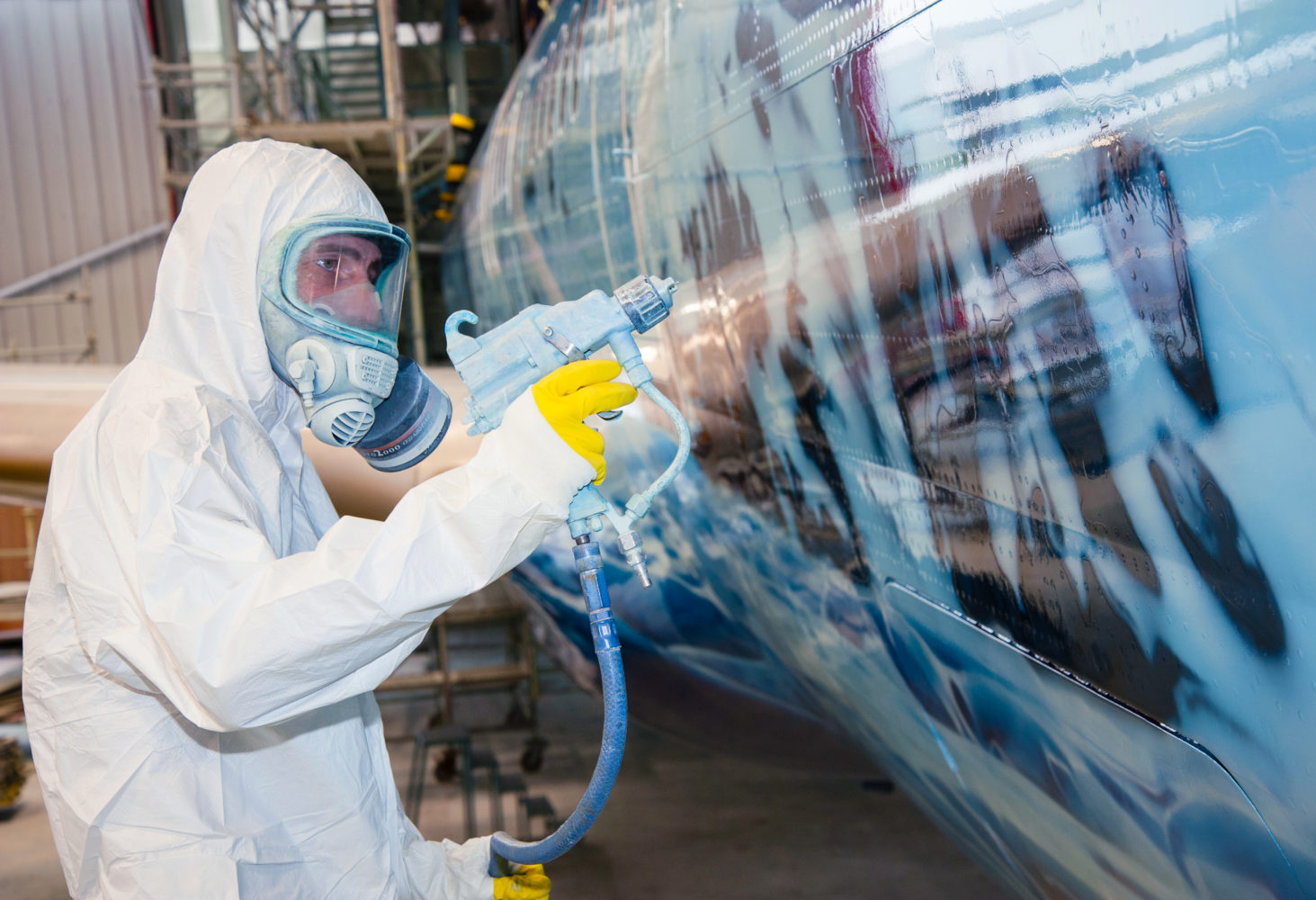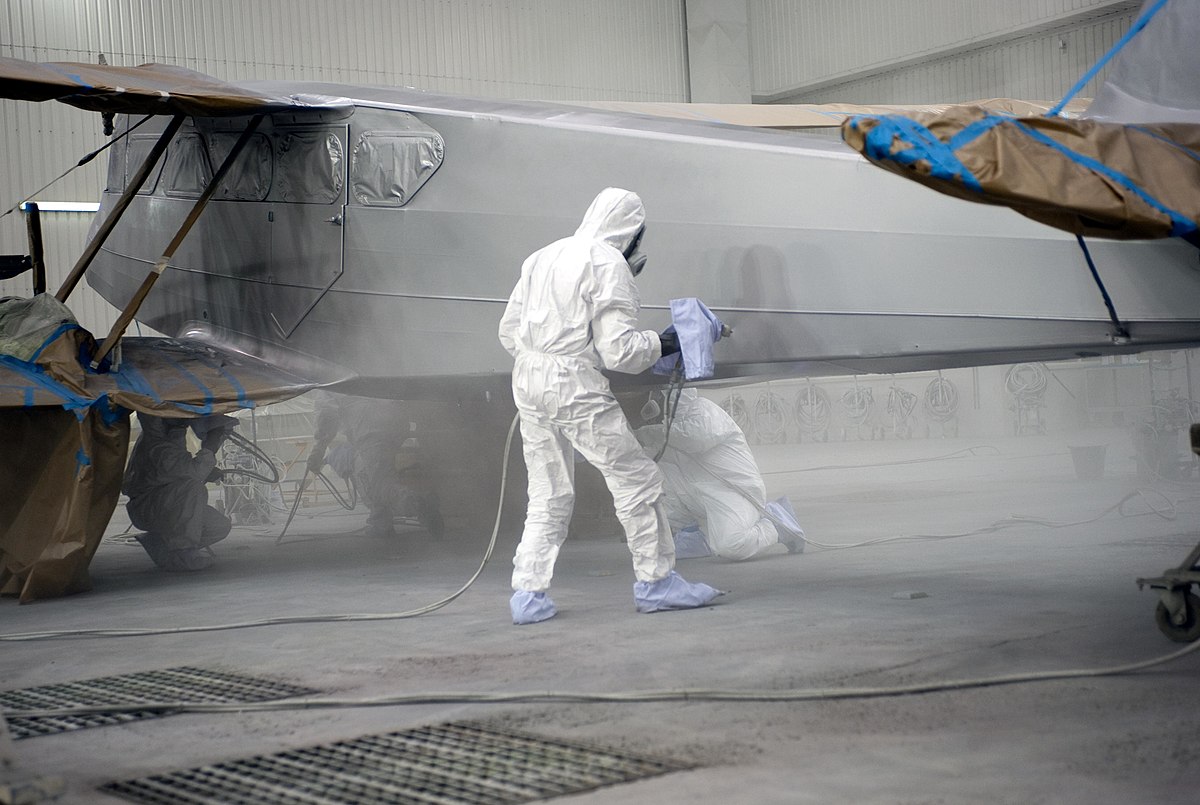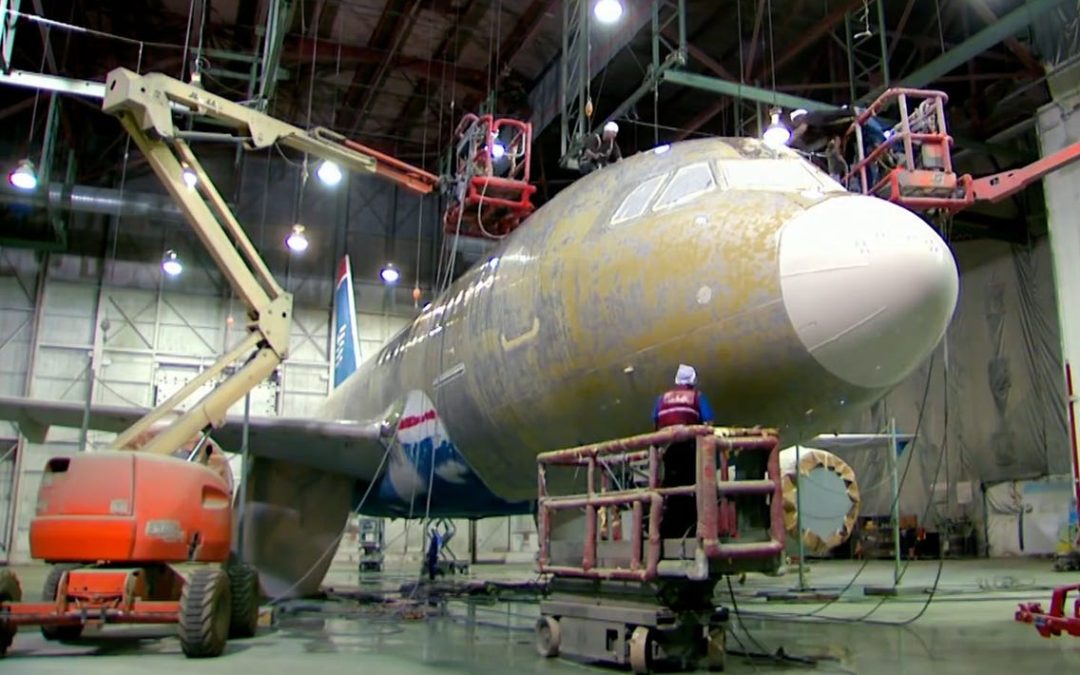Aircraft production has always been a complex and intricate process. However, with the advent of AI-driven solutions, the industry is witnessing a tremendous transformation. This article aims to explore how Artificial Intelligence (AI) can play a pivotal role in increasing aircraft production.
Within the initial sections, we will examine the current challenges faced by the aviation industry regarding production efficiency. We will then delve into how AI-driven solutions can alleviate these challenges and lead to significant improvements.

The Current Landscape of Aircraft Production
Aircraft manufacturing involves numerous intricate stages, each of which requires precise planning and execution. Manual processes and traditional methods often lead to delays and increased costs. Additionally, the complexity of components and the need for adherence to stringent safety standards further complicate the production process.
Challenges Faced by the Aviation Industry
- High production costs
- Lengthy manufacturing timelines
- Strict safety standards
- Supply chain disruptions
Given the intense competition in the aviation sector, these challenges necessitate innovative solutions that can streamline operations and enhance overall efficiency.
Role of AI in Transforming Aircraft Production
AI-driven solutions have emerged as a game-changer in the aviation industry. By leveraging machine learning algorithms and data analytics, AI can automate various processes and provide real-time insights to improve decision-making.
AI-Powered Predictive Maintenance
Predictive maintenance is one of the key areas where AI can make a substantial impact. By analyzing data from sensors embedded in aircraft components, AI algorithms can predict potential failures before they occur. This proactive approach not only reduces downtime but also ensures optimal performance and safety.
Optimizing Production Processes
AI can optimize production processes by analyzing vast amounts of data and identifying bottlenecks. Intelligent algorithms can recommend process improvements, leading to enhanced efficiency and reduced production timelines. For instance, AI-powered robotics can automate repetitive tasks, freeing up human resources for more complex and critical operations.
Benefits of AI in Aircraft Production
Cost Reduction
Implementing AI-driven solutions can significantly reduce production costs. Automation of repetitive tasks and predictive maintenance contribute to minimizing operational expenses. Moreover, AI can optimize resource allocation, ensuring that materials and manpower are used efficiently.
Improved Quality Control
AI can enhance quality control by detecting defects and deviations in real time. Machine learning algorithms can analyze images and data from manufacturing processes to identify anomalies, ensuring that only high-quality components are used in aircraft assembly.
Enhanced Safety Standards
Safety is paramount in the aviation industry. AI-driven solutions can continuously monitor components and systems to ensure compliance with stringent safety standards. By predicting potential failures and recommending preventive measures, AI contributes to maintaining the highest level of safety.
Case Studies: Successful Implementation of AI in Aircraft Production
Case Study 1: Boeing’s AI Initiatives
Boeing, one of the leading aircraft manufacturers, has successfully integrated AI-driven solutions into its production processes. Through the use of machine learning and data analytics, Boeing has achieved significant improvements in efficiency and quality control. The company’s AI-powered predictive maintenance system has resulted in reduced downtime and increased operational reliability.
Case Study 2: Airbus’ Smart Manufacturing
Airbus has also embraced AI-driven solutions to revolutionize its manufacturing processes. The company’s smart manufacturing initiatives leverage AI to optimize production workflows and enhance resource allocation. This approach has not only accelerated production timelines but also improved the overall quality of aircraft components.
Case Study 3: GE Aviation’s Data Analytics
GE Aviation has harnessed the power of AI and data analytics to streamline its operations. By analyzing data from aircraft engines and systems, GE’s AI-driven solutions can predict maintenance needs and optimize performance. This proactive approach has led to cost savings and improved customer satisfaction.
Future Prospects and Trends
The future of aircraft production looks promising with the continued advancements in AI technology. As AI algorithms become more sophisticated and capable, we can expect even greater improvements in efficiency, quality, and safety. Emerging trends such as autonomous manufacturing and digital twins hold the potential to further revolutionize the industry.
Conclusion
In conclusion, AI-driven solutions are set to transform the aircraft production landscape. By addressing the challenges faced by the aviation industry, AI can drive significant improvements in efficiency, quality, and safety. As we move forward, it is crucial for industry stakeholders to embrace these innovations and leverage their potential to stay ahead in the competitive market.

FAQs
What are the benefits of predictive maintenance in aircraft production?
Predictive maintenance helps reduce downtime, ensures optimal performance, and enhances safety by predicting potential failures before they occur.
How can AI improve quality control in aircraft manufacturing?
AI can detect defects and deviations in real-time by analyzing images and data from manufacturing processes, ensuring high-quality components are used in aircraft assembly.
What are some successful implementations of AI in the aviation industry?
Companies like Boeing, Airbus, and GE Aviation have successfully integrated AI-driven solutions to optimize production processes, reduce costs, and improve quality control.
For more detailed insights, you can explore resources on aircraft painting techniques and AI’s impact on the aviation industry.
For additional insights, visit genetic analysis, wafer inspection, and tachometer system.
